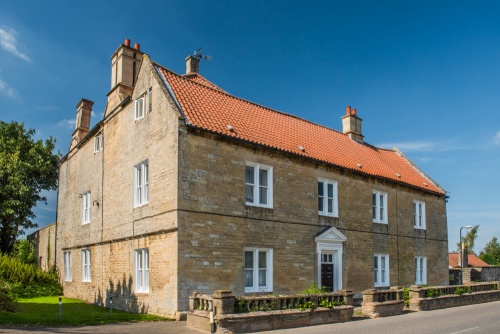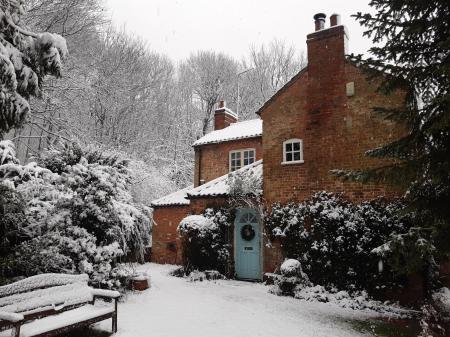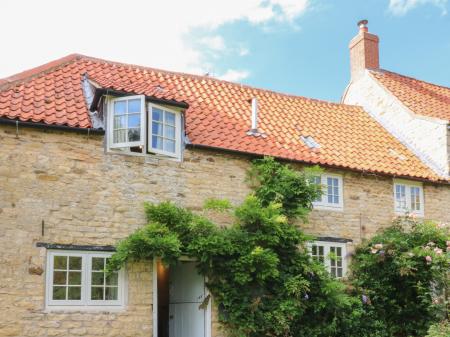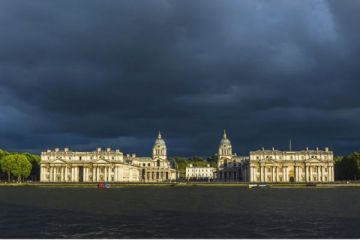
History
The Romans were not the first to settle in the Ancaster area, however; there has been a permanent settlement here since at least the Iron Age, roughly 700 BC. By the time the Romans arrived in AD 43 they found a well-established village, possibly an important centre for the area.
Ancaster was established at the junction of several ancient trackways, making it a perfect place for the Romans to make a permanent military base to control movement through the Ancaster Gap. The Romans used pre-existing trackways to create the major road of Ermine Street, with the new camp controlling passage along the road.

The Roman fort at Ancaster was occupied until the very last days of the Roman presence in Britain, a period of over 350 years. The best-preserved Roman remain is a section of defensive wall and cemetery in Castle Close. Some of the Roman remains were investigated by the popular Time Team archaeologists, in a TV programme aired in 2002.
Ancaster's name will forever be associated with the oolitic limestone quarried here for centuries. Ancaster stone was noted for the fact that it hardened immediately after quarrying, making it suitable for both building and artistic carving. For that reason, it can be found in many of England's most famous buildings.
St Martin's Church
The parish church is dedicated to St Martin of Tours and stands beside the course of Ermine Street. St Martin was a Roman soldier who became a Christian and was later named Bishop of Tours. Churches dedicated to St Martin are often found in places with a strong Roman presence.
We do not know precisely when the church was built, but it was already in existence by 1200, when a cortege carrying the body of Bishop Hugh of Lincoln rested here overnight. The church is known for its striking, and sometimes amusing carved figures, including an old woman, a drinking nun, and a farmer.
Even more intriguing is a sheela-na-gig figure on the tower wall, and a Green Man carving in the vestry. In the 1960s a pair of Roman relief carvings were discovered set into the east wall of the church.

A Rare Flower
If you follow the lane directly behind the churchyard you come to Ancaster Cemetery. We wouldn't normally point out a rural cemetery as a place to visit but this burial ground is one of just two places in Britain where the 'tall thrift' flower can be found. Tall thrift is a rare inland variety of 'sea pink', the variety of thrift that is found on sea cliffs and in saltmarshes.
Unlike the seaside thrift plant, tall thrift supports its delicate pink 'pom pom' flowers on long stalks, which often have a distinctive kink in them. English Nature and Ancaster Parish Council manage the cemetery to ensure that tall thrift is encouraged. We visited on a sunny summer day and were delighted to see numerous examples of tall thrift growing in clusters amid the gravestones.
A short walk north along Ermine Street from the churchyard brings you to the stump of a 14th-century village cross on the east side of the street.







 We've 'tagged' this attraction information to help you find related historic attractions and learn more about major time periods mentioned.
We've 'tagged' this attraction information to help you find related historic attractions and learn more about major time periods mentioned.




